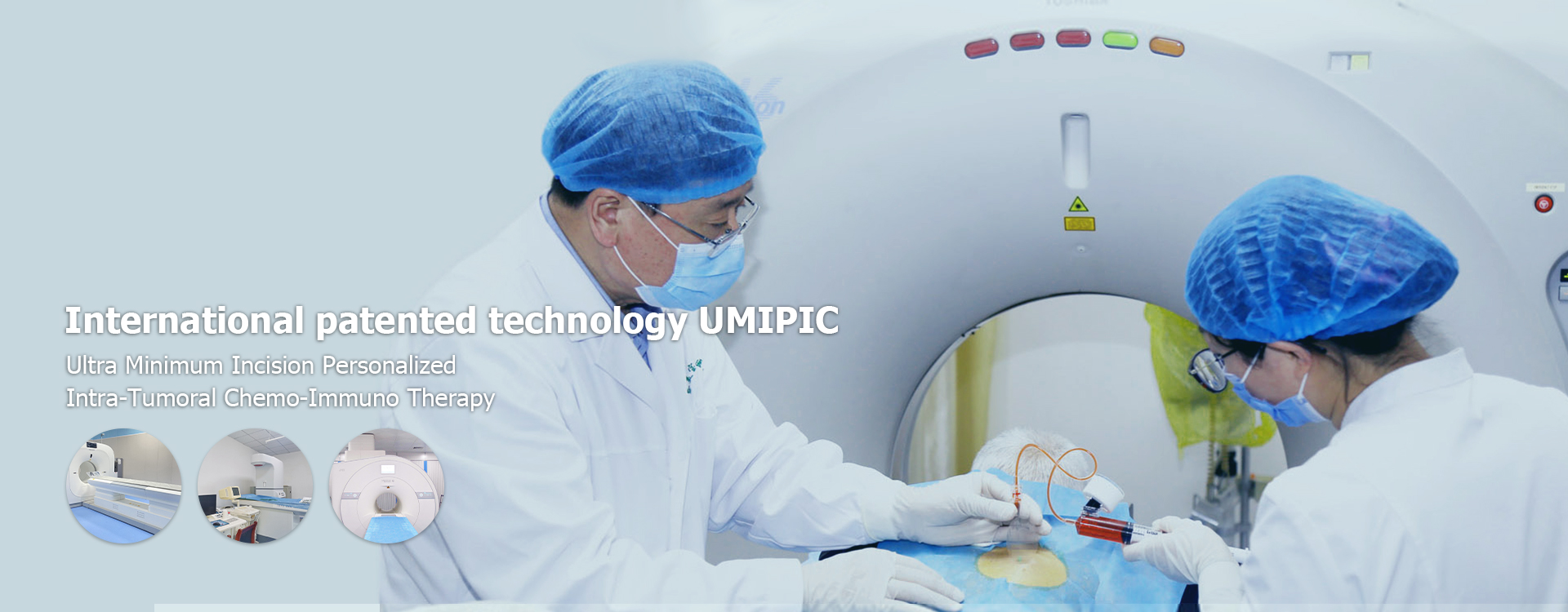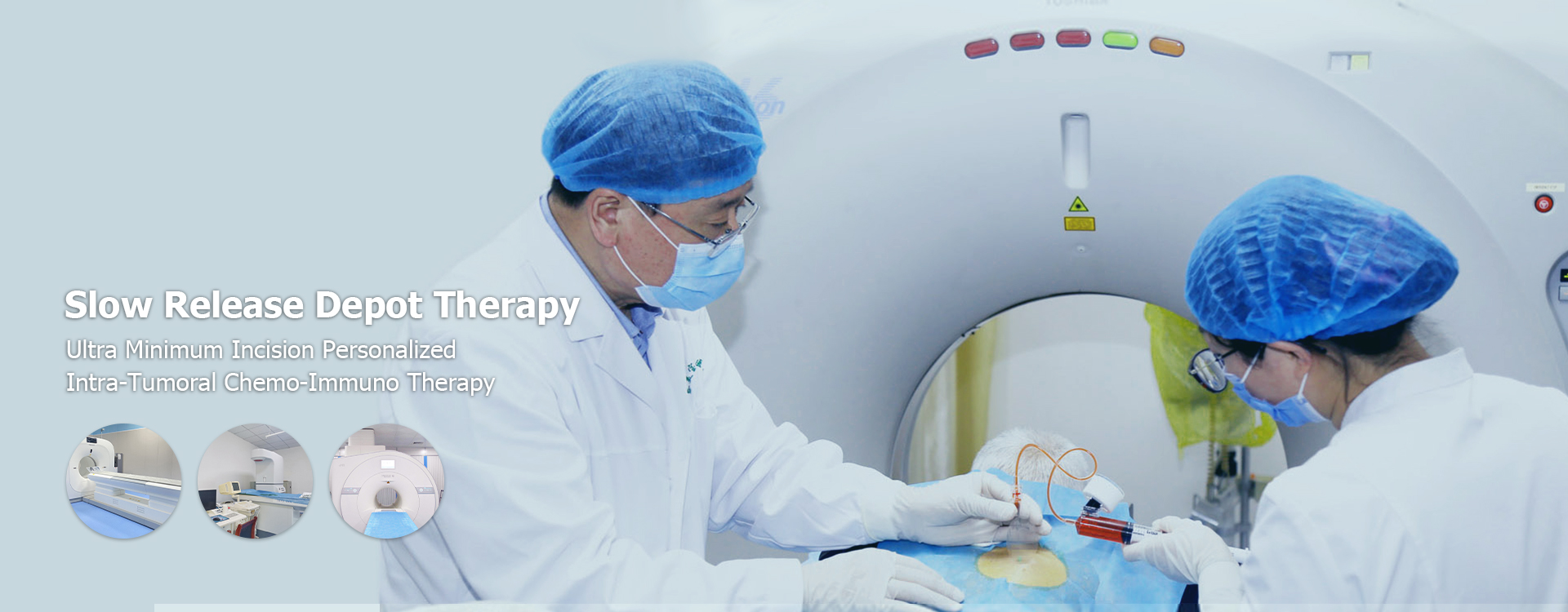
pancreatic cancer back pain
Pancreatic cancercan sometimes manifest with symptoms seemingly unrelated to the pancreas itself. One such symptom isback pain. This article explores the connection betweenpancreatic cancerandback pain, helping you understand the potential causes, symptoms, and when to seek medical attention. Identifyingback painas a potential symptom ofpancreatic canceris crucial for early diagnosis and treatment, ultimately impacting patient outcomes. This knowledge should, however, not be taken as medical advice, and one should always consult with a healthcare professional.Understanding Pancreatic CancerPancreatic canceroccurs when cells in the pancreas, an organ located behind the stomach, begin to grow out of control. The pancreas produces enzymes that help digest food and hormones that help regulate blood sugar. There are two main types ofpancreatic cancer: exocrine tumors (the most common type) and endocrine tumors. The symptoms ofpancreatic cancercan vary depending on the stage and location of the tumor.The Link Between Pancreatic Cancer and Back PainBack painis a common symptom ofpancreatic cancer, particularly when the tumor is located in the body or tail of the pancreas. The reason for this is multi-faceted:Tumor Growth:As the tumor grows, it can press on nearby organs, nerves, and blood vessels in the back, causing pain.Inflammation: Pancreatic cancercan cause inflammation around the pancreas, which can radiate to the back.Nerve Involvement:The tumor may directly invade or compress nerves that run through the abdomen and back.Referred Pain:Pain from the pancreas can be felt in the back even if the tumor isn't directly pressing on the back.Characteristics of Pancreatic Cancer-Related Back PainTheback painassociated withpancreatic canceroften has certain characteristics that differentiate it from typicalback paincaused by muscle strain or injury. These characteristics may include:Location:The pain is often located in the upper or middle back.Description:The pain may be described as a dull ache, a deep pain, or a sharp, stabbing pain.Timing:The pain may be constant or intermittent, and it may worsen at night or after eating.Accompanying Symptoms:Theback painmay be accompanied by other symptoms ofpancreatic cancer, such as abdominal pain, weight loss, jaundice, and changes in bowel habits.Other Symptoms of Pancreatic CancerWhileback paincan be a significant indicator, it's crucial to be aware of other potential symptoms ofpancreatic cancer: Abdominal Pain:Pain in the abdomen, which may radiate to the back.Weight Loss:Unexplained weight loss, even when eating normally.Jaundice:Yellowing of the skin and whites of the eyes.Loss of Appetite:Feeling full quickly or not feeling hungry.Nausea and Vomiting:Feeling sick to the stomach and throwing up.Changes in Bowel Habits:Diarrhea, constipation, or changes in stool consistency.New-Onset Diabetes:Being newly diagnosed with diabetes, especially if you have a family history of diabetes.Dark Urine:Urine that is darker than usual.Itchy Skin:Feeling itchy all over your body.When to Seek Medical AttentionIt's important to consult a doctor if you experience persistentback pain, especially if it's accompanied by any of the other symptoms ofpancreatic cancermentioned above. Early diagnosis and treatment are crucial for improving outcomes.Shandong Baofa Cancer Research Instituteis committed to providing up-to-date information and resources onpancreatic cancer. Visithttps://baofahospital.comfor more information.Diagnosis of Pancreatic CancerIf your doctor suspects you may havepancreatic cancer, they will likely perform a physical exam and order various tests to confirm the diagnosis. These tests may include:Imaging Tests:CT scans, MRI scans, and ultrasound can help visualize the pancreas and identify any tumors.Endoscopic Ultrasound (EUS):A thin, flexible tube with an ultrasound probe is inserted into the esophagus to obtain images of the pancreas and surrounding tissues.Biopsy:A sample of tissue is taken from the pancreas and examined under a microscope to confirm the presence of cancer cells.Blood Tests:Blood tests can measure levels of certain substances that may be elevated in people withpancreatic cancer, such as CA 19-9.Treatment Options for Pancreatic CancerTreatment forpancreatic cancerdepends on the stage and location of the cancer, as well as the patient's overall health. Treatment options may include:Surgery:Surgery to remove the tumor is often the primary treatment option forpancreatic cancer. Chemotherapy:Chemotherapy uses drugs to kill cancer cells.Radiation Therapy:Radiation therapy uses high-energy rays to kill cancer cells.Targeted Therapy:Targeted therapy uses drugs that target specific molecules involved in cancer cell growth.Immunotherapy:Immunotherapy helps the body's immune system fight cancer.Prognosis and Survival RatesThe prognosis forpancreatic cancervaries depending on the stage of the cancer at diagnosis and the treatment received. Early diagnosis and treatment can significantly improve outcomes. According to the American Cancer Society, the 5-year survival rate for all stages ofpancreatic canceris about 11%. However, the survival rate is much higher when the cancer is diagnosed at an early stage and can be surgically removed. The survival rate data cited is based on data published by the American Cancer Society, referencing data from the SEER database (https://www.cancer.org/cancer/types/pancreatic-cancer/detection-diagnosis-staging/survival-rates.html).Living with Pancreatic Cancer and Managing Back PainLiving withpancreatic cancercan be challenging, both physically and emotionally. It's important to have a strong support system and to seek medical attention for any symptoms that arise, includingback pain. Here are some tips for managingback painassociated withpancreatic cancer: Pain Medication:Your doctor may prescribe pain medication to help relieve yourback pain. Physical Therapy:Physical therapy can help improve your posture, strengthen your back muscles, and reduce pain.Alternative Therapies:Some people find relief fromback painthrough alternative therapies such as acupuncture, massage, and yoga.Heat and Cold Therapy:Applying heat or cold to your back can help reduce pain and inflammation.Lifestyle Modifications:Making lifestyle modifications such as maintaining a healthy weight, quitting smoking, and avoiding alcohol can help improve your overall health and reduceback pain.Pancreatic Cancer Research at Shandong Baofa Cancer Research InstituteShandong Baofa Cancer Research Instituteis dedicated to advancing the understanding and treatment ofpancreatic cancer. Our research focuses on developing new and innovative therapies, improving early detection methods, and enhancing the quality of life for patients withpancreatic cancer. Learn more about our research initiatives and commitment to fighting cancer by visiting our site.
Relatedproducts
Related products
Best sellingproducts
Best selling products-
 Famous American female painter Muriel
Famous American female painter Muriel -
 PAT, rectal cancer patient from the United States
PAT, rectal cancer patient from the United States -
 Nell Smith, a throat cancer patient from Switzerland
Nell Smith, a throat cancer patient from Switzerland -
 Anthony, lymphocytic cancer patient from the United States 24
Anthony, lymphocytic cancer patient from the United States 24 -
 Mark, a prostate cancer bone metastasis patient from the United States
Mark, a prostate cancer bone metastasis patient from the United States -
 Andress, a 9-year-old boy from the United States
Andress, a 9-year-old boy from the United States
Relatedsearch
Related search- liver tumor cost
- Cheap lung cancer cough treatment Hospitals
- China best supplements for prostate cancer treatment near me
- Cheap late stage prostate cancer treatment near me
- treatment cancer of the kidney Hospitals
- treatment prostate cancer near me
- Cheap prostate cancer treatment centers cost
- gallbladder symptoms
- China pancreas symptoms
- kidney pain symptoms Hospitals





